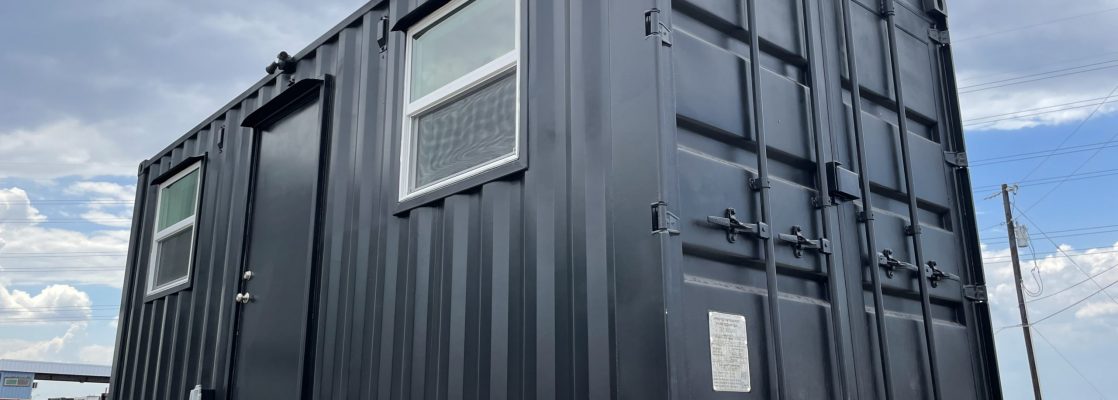
Container transport plays a crucial role in global trade, enabling the efficient movement of goods across vast distances. However, understanding the true cost of container transport is essential for businesses and individuals alike. In this comprehensive blog post, we will delve into the intricacies of container transport costs, exploring various factors that influence pricing and providing valuable insights for optimizing logistics operations.
- The Basics of Container Transport:
Container transport involves the shipment of goods in standardized containers, typically via ships, trains, or trucks. The cost of container transport is influenced by several key factors, including distance, mode of transportation, container size, and cargo type. - Distance and Route Optimization:
The distance between the origin and destination points significantly impacts container transport costs. Longer distances generally result in higher expenses due to increased fuel consumption and extended transit times. However, optimizing the route can help minimize costs by considering factors such as proximity to ports, infrastructure quality, and potential congestion. - Modes of Transportation:
Container transport can be carried out through various modes, each with its own cost implications. Shipping by sea is often the most cost-effective option for long-distance transport, while rail and trucking offer faster delivery for shorter distances. Understanding the pros and cons of each mode is crucial for selecting the most suitable and economical option. - Container Size and Utilization:
Container size directly affects transport costs. Larger containers can accommodate more cargo, reducing the overall cost per unit. However, it is essential to consider cargo volume and weight to avoid underutilization or exceeding weight restrictions, which can lead to additional charges. Proper planning and optimization of container utilization can result in significant cost savings. - Cargo Type and Special Requirements:
The nature of the cargo being transported can impact costs. Perishable goods may require refrigerated containers, adding to the overall expenses. Similarly, hazardous materials necessitate compliance with strict regulations, which can increase transport costs. Understanding the specific requirements of different cargo types is crucial for accurate cost estimation. - Additional Charges and Fees:
Beyond the basic transport costs, there are various additional charges and fees to consider. These may include port handling fees, customs duties, insurance, and documentation charges. Being aware of these potential expenses and factoring them into the overall cost analysis is essential for accurate budgeting.
Conclusion:
Container transport costs are influenced by a multitude of factors, making it a complex and dynamic aspect of logistics. By understanding the key elements that impact pricing, businesses and individuals can make informed decisions to optimize their supply chain operations. From distance and route optimization to container size utilization and cargo type considerations, every detail plays a role in determining the final cost. By carefully analyzing these factors and staying up-to-date with industry trends, businesses can unlock cost-saving opportunities and streamline their container transport operations.

